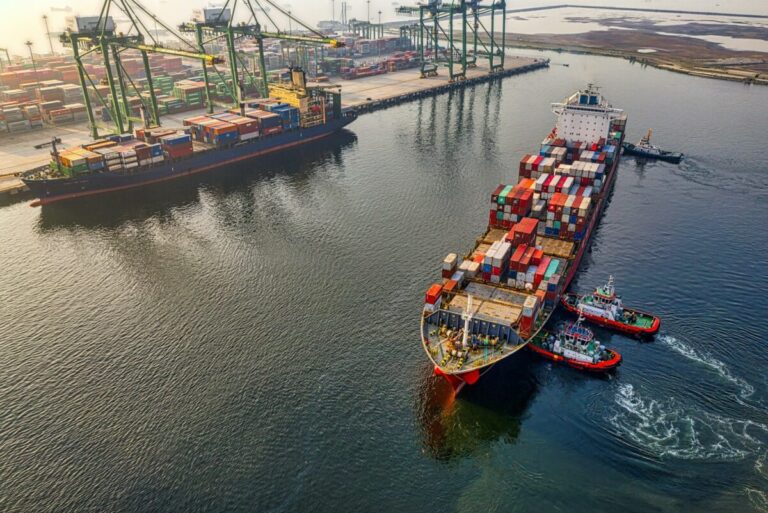Freight costs, which represent about 4% of the total cost of a solar panel, are rising on trade lines between the Far East and the west coast of the US, Northern Europe and the Mediterranean.
Spot container shipping rates have risen to the highest level since 2022, according to data from Xeneta, a Norwegian benchmark for sea and freight rates platform.
In late May, Xeneta said market average spot rates from the Far East to the US West Coast would reach $5,170 per forty-foot equivalent unit (FEU) on June 1. This figure is 57% higher than in May and the highest ever Spot rates have been around for 640 days, exceeding the peak of the Red Sea crisis earlier this year. Spot rates are expected to peak at $6,250/FEU in June on the Far East to US West Coast line, just below the peak of the Red Sea crisis ($6,260).
On the trade line from the Far East to Northern Europe, spot rates are expected to exceed the Red Sea crisis peak and reach $5,280/FEU, compared to $4,839/FEU on January 16. This will be the highest rate on this line in 596 days and an increase of 63% since April 29.
Xeneta noted a similar story on the trade line from the Far East to the Mediterranean, where spot rates are expected to move past the Red Sea crisis peak of $5,985/FEU and reach $6,175/FEU. This would be an increase of 46% from May and the highest prices on trading for 610 days.
With freight costs represent about 4% of the total cost of a solar panel, the increase in the spot price is likely to have a knock-on effect on the prices of PV modules.
Xeneta said the market has been hit by the ongoing conflict in the Red Sea, port congestion and shippers deciding to bring forward imports ahead of the third quarter, the traditional peak season. Despite the latest rate hikes on the spot market, Xeneta chief analyst Peter Sand said growth is not as fast as in May, “which could indicate a slight easing of the situation.”
“This can’t come soon enough for shippers who are already rolling their loads, even for containers moving under long-term contracts signed just a few weeks ago,” Sand said. “Carriers will give priority to shippers who pay the highest rates. That means freight from shippers who pay lower rates for long-term contracts is at risk of being left behind at the port. It happened during the Covid-19 pandemic and it is happening again now.”
“In such cases, they have no choice but to pass on these costs directly to their customers,” he said. “Carriers will continue to push for higher and higher freight rates, meaning the situation for shippers may get worse before it gets better.”
This content is copyrighted and may not be reused. If you would like to collaborate with us and reuse some of our content, please contact: editors@pv-magazine.com.


